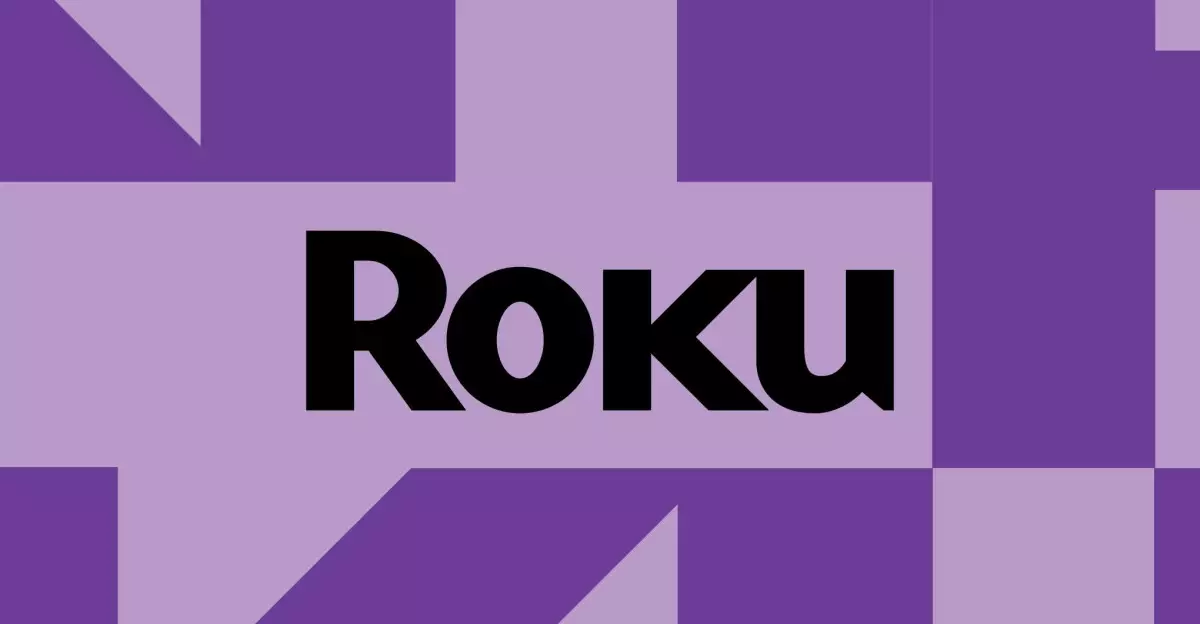In the saturated market of streaming devices and platforms, Roku has carved out a significant niche, especially among those seeking affordable smart TV solutions. However, recent user dissatisfaction concerning HDR (High Dynamic Range) streaming has sparked considerable concern. Following a recent software update, a flurry of complaints has emerged, revealing that users of Roku TVs are facing grave issues: washed-out colors and dull images when streaming HDR content, particularly from apps like Disney Plus. Such frustrations illustrate the profound impact that software glitches can have on user experience, particularly in an era where visual quality increasingly drives viewer engagement.
The Nature of the Problem
According to user reports on Roku’s issue tracking board, the HDR content produced by multiple streaming services, including major platforms like Disney Plus, Netflix, and YouTube TV, has suffered from a significant visual downgrade. Users have noted that instead of the vibrant colors typically associated with HDR, their screens display muted tones resembling black-and-white images. This brand of desaturation poses a considerable threat to Roku’s reputation as a stable streaming service, especially among discerning viewers who prioritize immersive experiences. It’s unsettling to think that just one software update could lead to such a universally disappointing effect across various services and TV models, igniting a firestorm of user backlash.
Beyond the Surface: Technical Considerations
As the outcry continues, it becomes apparent that this is not merely a superficial issue but one deeply rooted in Roku’s recent software endeavor. Users on different platforms, including those with both TCL and Hisense Roku TVs, report similar experiences despite the apparent differences in their hardware. The software update in question has rendered HDR content unwatchable for many, raising the question of whether this is a symptom of a broader engineering flaw in Roku’s software management. Historian perspectives on technology remind us that poor quality control often correlates with an inability to innovate successfully, revealing a concerning trend in Roku’s technical direction.
Community Response and Company Accountability
Interestingly, Roku’s community moderators have been proactive in addressing these complaints, requesting users to share their experiences in detail—model types, software versions, and specific content affected. This engagement is commendable in a landscape where companies frequently sidestep accountability. Yet, the efficacy of such communication will depend greatly on how swiftly and effectively the company resolves these issues. Users crave not just acknowledgment, but tangible action that rectifies the problem, demonstrating that their feedback is not just noise lost in a vast digital void.
Despite these dark clouds, it is crucial to recognize the resilience of the user community. As many chorus their collective grievances, they also provide vibrant discussion—a testament to consumer engagement. Amidst the complaints, some users have pointed out that HDR appears to function correctly with external devices, such as their gaming consoles and 4K Blu-ray players. This fact hints that the issue may indeed be isolated to Roku’s streaming capabilities, emphasizing the need for software revisions that prioritize compatibility and consistency across varying content delivery methods.
The Future of Roku and User Trust
For Roku, the stakes have never been higher. As viewers increasingly seek out devices that deliver not only convenience but also comprehensive quality, the company must ensure that its software updates do not inadvertently undo the progress made in fostering user trust. The line between satisfaction and disappointment can be razor-thin, especially when consumers are accustomed to the excellence of HDR content. Companies in Roku’s position should take notice: the competitive landscape necessitates not just functioning products but exceptional experiences.
The ongoing HDR color issue poses a unique challenge but also an opportunity for Roku to reassess its approach to quality control and software development. By addressing these problems transparently and effectively, the company has the chance to reaffirm its commitment to customer satisfaction. Now more than ever, the ramifications of this software blunder extend far beyond mere technicalities; they reflect a fundamental strategy regarding user engagement and service reliability that could shape the future of streaming.

